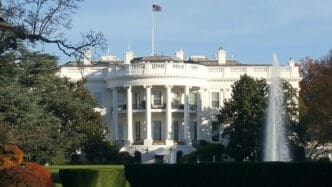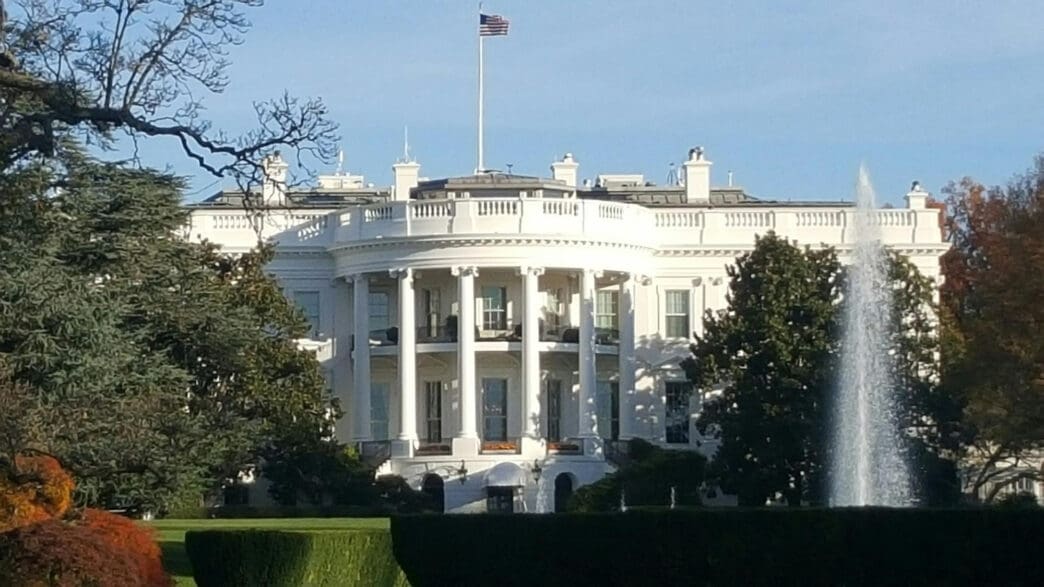Executive Summary
The Story So Far
Why This Matters
Who Thinks What?
A leading historic preservation organization has called for an immediate halt to the demolition of a section of the White House East Wing, which began this week to clear the way for President Donald Trump’s proposed new ballroom. The National Trust for Historic Preservation expressed significant concerns that the planned 90,000-square-foot addition would overwhelm the existing White House structure and disrupt its classical design, arguing that the project has proceeded without adequate public review.
On Tuesday, excavators continued tearing into the East Wing, producing sounds described by Trump as “music to my ears” during a lunch with Republican senators in the Rose Garden. The President has stated that the estimated $200 million project will be financed through private donations, framing it as a necessary addition to accommodate large events.
The section currently undergoing demolition includes offices traditionally used by the first lady, White House calligraphers, certain military aides, and the social secretary. This area, which took its current form in 1942, has historically served as the primary entry point for visitors attending social events and tours of the executive mansion.
Preservation Concerns and Review Process
In a letter addressed to the National Park Service, the National Capital Planning Commission (NCPC), and the Commission of Fine Arts (CFA), the National Trust for Historic Preservation “respectfully” urged the administration to pause demolition. The group emphasized the importance of legally required public review processes, including consultation and review by the NCPC and CFA, as well as public comment.
These commissions have historically reviewed proposed White House additions, such as changes to the perimeter fence and the construction of a new tennis pavilion. However, Will Scharf, who serves as Trump’s staff secretary and is the current chairman of the NCPC, indicated last month that the commission’s jurisdiction covers construction, not demolition, suggesting their involvement would occur later in the project.
The National Trust is not the sole voice calling for a more rigorous review. Prior to the demolition, the Society of Architectural Historians issued a statement asserting that “Such a significant change to a historic building of this import should follow a rigorous and deliberate design and review process.”
White House Response
The White House did not directly respond to the National Trust for Historic Preservation’s letter. However, officials released a statement defending President Trump’s initiative, describing it as a “visionary addition” that aligns with a long history of improvements to the executive residence.
The statement dismissed criticism as “manufactured outrage,” arguing that the project echoes past renovations and additions by previous commanders-in-chief, citing examples such as the construction of the West and East Wings, a multiyear renovation under Harry Truman, and the installation of a swimming pool by Gerald Ford.
The ongoing demolition highlights a tension between President Trump’s vision for a modern White House ballroom and the concerns of historic preservation groups advocating for established review processes and the careful stewardship of a national landmark.








